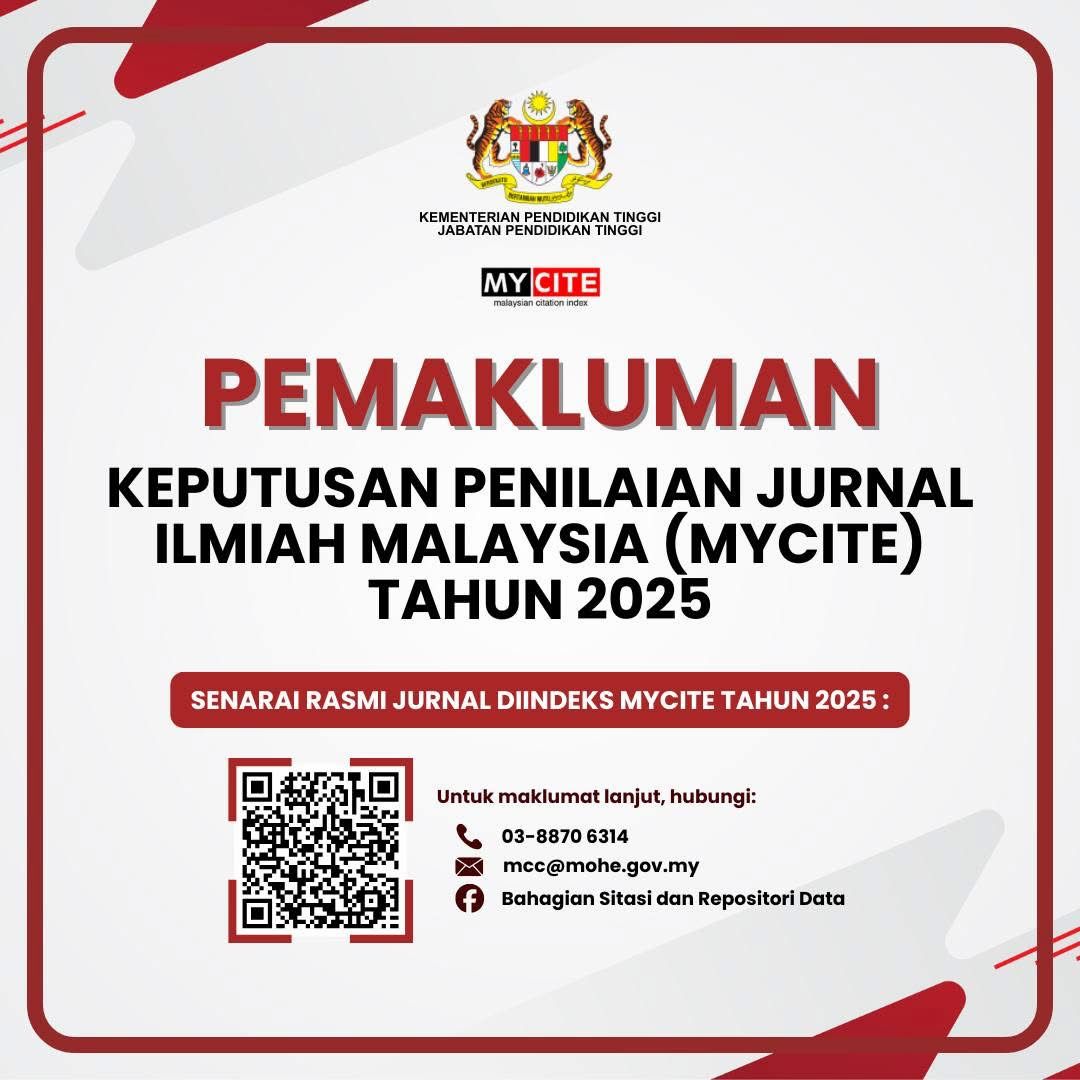A Study on Awareness of Product Placement in Malaysian Movies
DOI:
https://doi.org/10.24191/idealogy.v3i2.80Keywords:
Malaysian Movie, Brand Awareness, Product Placement, Brand RecallAbstract
Product placement in movies is a strategy to advertise the products and services. This strategy is generally used in international movies and become a trend for Malaysian movies. However, its effectiveness is still questionable especially for the local people. This research aims to discuss about how far the awareness of Malaysian people towards product placement in local movies for the brand recall. By using the qualitative method, the researcher randomly interviewed five participants through in-depth interview. The result shows that most of the participants are aware about the product placement in Malaysian movies and lead to the viewers' brand recall. Therefore, this will give a great potential for advertisers in Malaysia to use the product placement in movies as one of the key strategies for the brand awareness.
Keywords: Product Placement, Malaysian Movies, Brand Awareness, Brand Recall
References
Balasubramanian, S.K (1994). Beyond Advertising and Publicity: Hybrid Messages and Public Policy Issues. Journal of Advertising, 23(4), 29-46.
Cowley, E. & Barron (2008). 'When product placement goes wrong'. Journal of Advertising, 37,1, 89-98.
E. Bressoud, J. M. (2010). The product well placed: The relative impact of placement and audience characteristics on placement recall. Journal of Advertising Research, vol.50,no.4,pp.374-385.
FINAS (2018). Retrieved from FINAS website: http://www.finas.gov.my/en/malaysian-box-office/
Gould, S. J. (2000). Product Placement In Movies: A Cross Cultural Analysis of Austrian, French and American Consumer's Attitudes Toward This Emerging, International Promotional Medium. Journal of Advertising, XXIX (4),41-58.
Homer (2009). Product Placements: The Impact of Placement Type and Repetition on Attitude. Journal of Advertising, 21-31.
Janiszewski,C., Noel, H.& Sawyer,A.G. (2003). A Meta-analysis of the Spacing Effect in Verbal Learning: Implications for Research on Advertising Repetition and Consumer Memory. Journal of Consumer, 138-149.
Lehu, J. & Bressoud, E. (2009). Recall of Brand Placement in Movies: Interactions between Prominence and Plot Connection in Real Conditions of Exposure.
Macdonald, E.K. & B.M. Sharp. (2000). Brand awareness effects on consumer decision making for a common, repeat purchase product: A replication. Journal of Business Research, 48(1), 5-15.
Mandal, M. (. (2008). Brand Placement as Media Vehicle: A study of mainstream film. Indian Instittue of Mass Communication.
Mandler, &. G. (1980). Recognizing: The Judgment of Previous Occurrence.
MCMC. (n.d.). The Malaysian Communications And Multimedia Content Code. Retrieved from MCMC: https://www.mcmc.gov.my/skmmgovmy/files/attachments/ContentCo de.pdf
Penchmahn, C. (1999). Smoking scenes in movies and antismoking advertisements before movies: Effects on youth. The Journal of Marketing, 1-13.
Psychological Review, 87(3),252-271.
Sung, F. G (2010). Understanding Attitudes Toward and Behaviors In Response to Product Placement. Journal of Advertising, vol.39, no.1,pp. 83-96.
Tessitore, T. (2013). PP for 'Product Placement' or 'Puzzled Public'?". International Journal of Advertising, 32,3,pp.419-442.
Downloads
Published
Issue
Section
License
UiTM Press (the Publisher) has agreed to publish the undersigned author’s paper in Idealogy Journal. The agreement is contingent upon the fulfilment of a number of requirements listed below.
1. The undersigned author warrants that the paper entitled below is original, that it is not in any way libellous or unlawful in Malaysia, that it does not infringe any copyright or other proprietary right. The undersigned hereby represents and warrants that he/she is the author of the paper, except for material that is clearly identified as to its original source, with permission notices from the copyright owners where required. The undersigned represents that he/she has the power and authority to sign and execute this agreement.
2. The undersigned author warrants that the paper entitled below has not been published elsewhere, and also it will not be submitted anywhere else for publication prior to acceptance/rejection by this Journal.
3. By submitting the paper entitled below, the undersigned author agrees to transfer the rights to publish and distribute the paper in an international e-journal (entitled above) to Publisher.
4. The undersigned author agrees to make a reasonable effort to conform to Publisher's submission guidelines and to liaise with the editor to ensure that the requirements of these guidelines are met to a reasonable degree.
5. The corresponding author signs for and accepts responsibility for releasing this material on behalf of any and all coauthors. This agreement is to be signed by at least one of the authors who has obtained the assent of the co-author(s) where applicable. After submission of this agreement signed by the corresponding author, changes of authorship or in the order of the authors listed will not be accepted.



